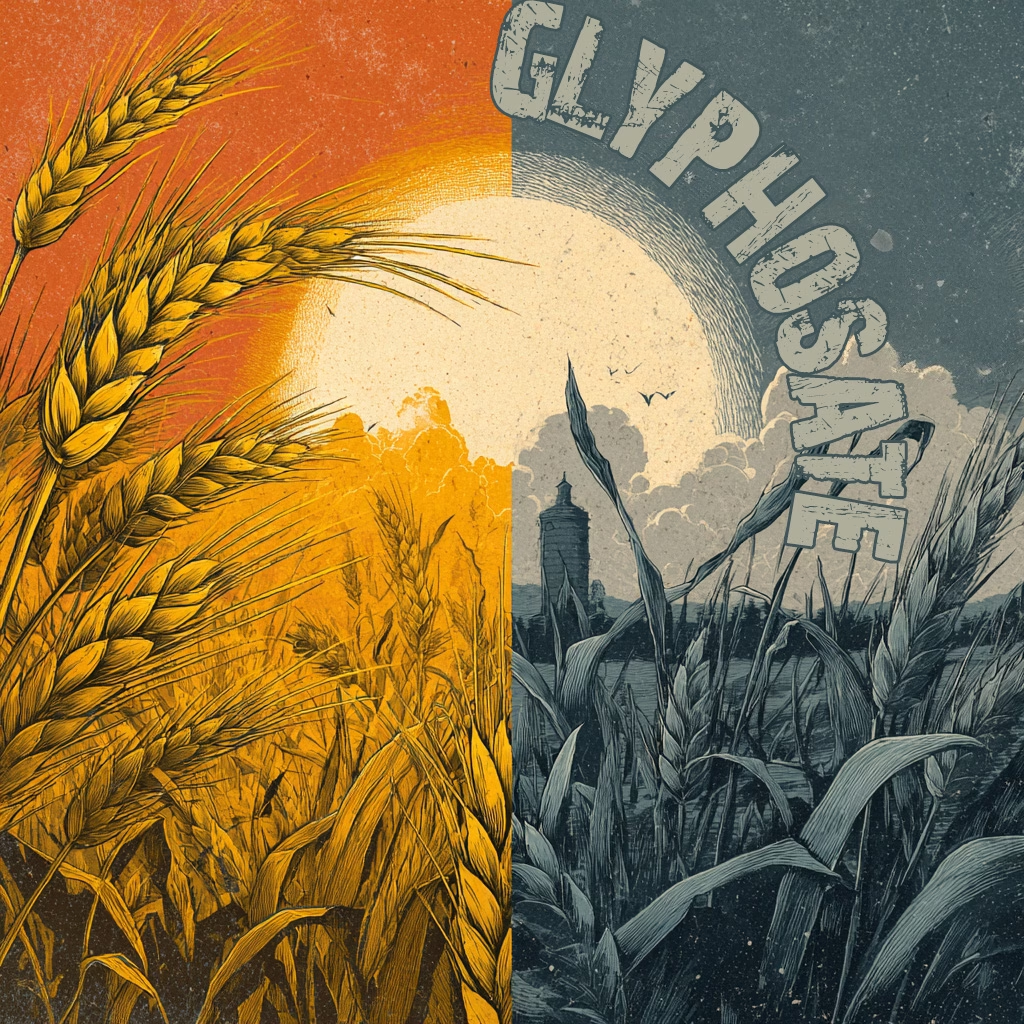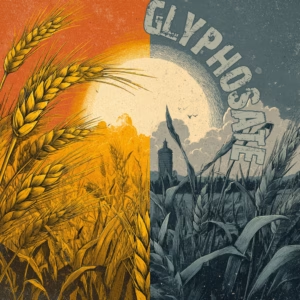What Happens Right Before the Wheat Harvest?
Especially with durum wheat, a controversial method is often used shortly before harvest: desiccation. Farmers spray the herbicide glyphosate onto the fields to kill the plants. This forces the wheat to use its last energy for grain ripening and promotes uniform drying.
How Does Glyphosate Work?
Glyphosate is a broad-spectrum herbicide that blocks protein synthesis in plants – specifically the EPSP synthase enzyme. This disrupts the plant’s metabolism, halts growth, and causes death. It’s absorbed through green plant parts (mainly leaves) and moves to the roots and shoots where it acts.
Its effect is especially fast under warm and vigorous growing conditions, particularly in young or sensitive plants.
Why Use Glyphosate Before Harvest?
- Speeds up drying of the plants, making mechanical harvesting easier.
- Ensures even ripening of the crop.
- Reduces the risk of mold and storage loss.
- Can improve overall harvest quality.
Risks: Does Glyphosate Remain in the Grain?
A key concern is that glyphosate is absorbed by the plant and can leave residues in the grain. This has raised ongoing debates, especially regarding health and environmental safety.




